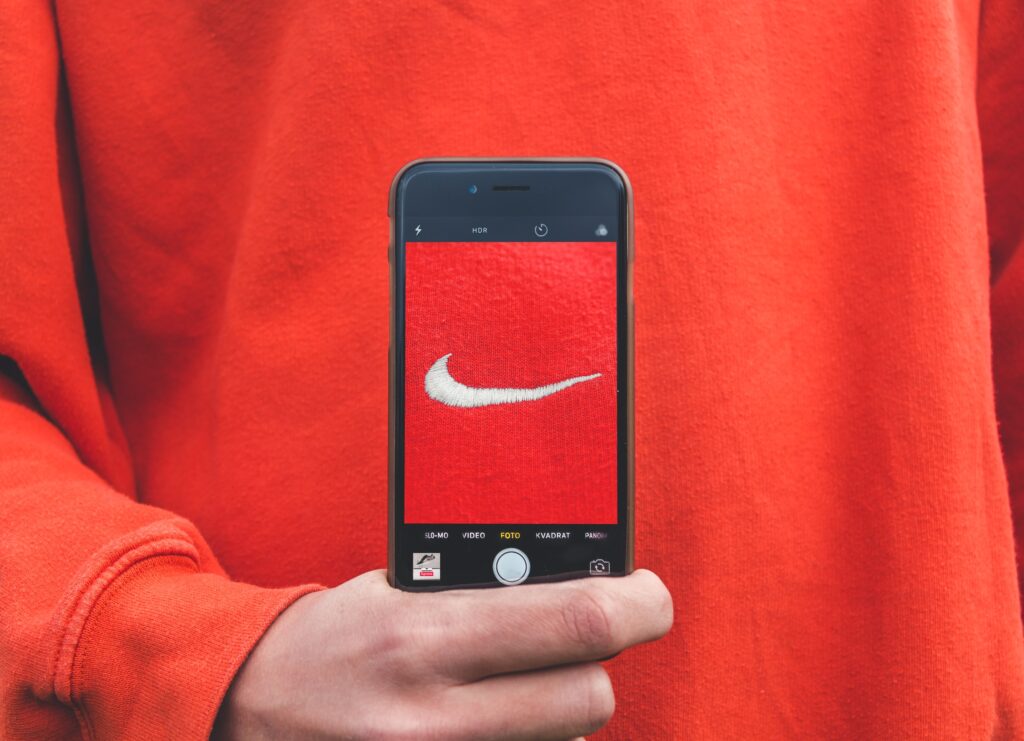
If you want to build your personal brand, there are several approaches that you can take. You could start a blog, become a public speaker, start a YouTube channel, and so on. However, one of the most effective ways of building a personal brand is starting a podcast.
There are several reasons why podcasting is a great way of building your personal brand. First, podcasting is highly personal.
By listening to your voice, your audience will form a stronger intimate connection with you than they’d have from reading your blog posts, for instance. Listening to your voice makes your audience feel like they know you in person.
Second, podcasts are more easily consumable compared to most other forms of content. For instance, if you have a blog or YouTube channel, your audience needs to set aside time to either read your blog posts or watch your videos.
With podcasts, your audience doesn’t need to dedicate their time to you entirely. They can listen to your podcast while they’re cleaning the house, working out at the gym, commuting to work, and so on. This makes podcasts a more effective way of getting to your audience.
So, how can you use podcasting to build your personal brand?
Below, let’s check out the 7 steps you need to follow to start a podcast and use it to grow your personal brand.
Step 1: Pick Your Podcast Niche And Name
Before starting your podcast, the very first thing you need to do is to decide the niche that your podcast will focus on.
Creating a podcast that is focused on a single, specific niche will make your podcast a more effective tool for building your brand.
If your podcast is all over, discussing general, unrelated topics, it will be very difficult to build a brand. This is because your audience won’t associate you with any particular niche.
However, when your podcast speaks about one specific niche, your audience will know you as the guy who speaks about X.
For instance, if you have a travel-focused podcast, your audience will know you as the travel podcaster. It will also be easier for you to attract a loyal audience.
In this case, for example, people who love travel content will always want to listen to your podcast. However, if you talk about travel today and then talk about soccer the next day, it will be very difficult to attract a loyal following.
When picking a niche for your podcast, you should go for a niche that you’re quite knowledgeable in. Remember, your aim is to build a personal brand as an authority in a certain field.
If you pick a niche you know little about, people will quickly tell that you are not an expert in that field. You’ll lose credibility, and this will greatly hurt your attempts at building a personal brand.
Once you’ve settled on a podcasting niche, the next thing you need to do is to pick a name for your podcast. Here, it’s a good idea to pick a name that is related to your niche. This will help enhance the brand you’re trying to build.
Aside from picking a name that can help your audience to quickly tell what the podcast is about, you should also keep your podcast name short and simple. You want a name that will be easy for your audience to remember.
Step 2: Pick Podcast Format, Length And Frequency

Now that your podcast has a name and niche, the next step is to think about how your podcast will be structured. Here, you should think about three things:
Podcast Format
This refers to the manner in which you’re going to deliver the podcast content. Will you be presenting solo? Will you invite guests to your podcast? Will you have a co-host?
The most suitable podcast format will depend on your personality, your niche, what you want your audience to gain from the podcast, and so on. You should pick a format that you’ll be able to stick to in most of your podcast episodes.
Here are a few podcast formats you might want to consider:
- Solo podcasts
- Co-hosted podcasts
- Educational podcasts
- Fiction podcasts
- Non-fiction podcasts
- Panel podcasts
- Interview podcasts
- News recap podcasts
Podcast Length
How long will each episode of your podcast take? The ideal length will depend on the topics that your podcast is going to cover, as well as your audience.
For instance, if most of your audience listen to your podcast during the morning commute, an hour long podcast might not be ideal, because they’ll probably get to work before finishing the podcast.
Ideally, you should keep the length of your podcasts between 20 – 30 minutes. If you make the podcast too long, your audience might get bored. If you keep it too short, you might not be able to adequately cover the topic.
Note, however, that 20 – 30 minutes is not the rule of thumb. Feel free to pick whatever length feels suitable to you, depending on your content and audience. However, try to stick to a similar length for most of your episodes.
Podcast Frequency
How often are you going to be publishing your episodes? Daily? Weekly? Twice a month? Monthly? Once again, the ideal frequency will depend on your niche as well as your audience.

Step 3: Prepare Your Cover Art, Intros And Outros
Since your podcast represents your brand, you’ll need to create beautiful cover art to represent your podcast. Your cover art is the image that your audience will see on platforms like iTunes, as well as when you share your podcast on social media.
You can create your cover art yourself using tools like Adobe Illustrator or Canva, or hire a professional designer to do it for you.
In addition to the cover art, you’ll also need to create music that you’re going to use to introduce and end each episode of your podcast. This should be something unique. Anyone who hears this music should automatically associate it with your podcast.
Step 4: Ensure You Have The Right Tools
While it is possible to start recording your podcast with nothing else but your smartphone, it is advisable to make your podcast as good as possible. This means using the right tools, if you can afford it.
Here’s a breakdown of the tools you need to record a high quality podcast:
- A microphone
- A microphone stand
- Pop filters
- Headphones
- Audio recording software
- Audio editing software
Just because you need these tools and equipment, it doesn’t mean that you have to go for the most expensive equipment you can find. You can save your startup costs by buying some used equipment (such as microphone stands or pop filters), using free software, and so on.
Step 5: Create Good Podcast Content
This is where you’re going to record and edit your podcast episodes. Remember, you want to build a brand as an authority in your field, and therefore, you should focus on creating the best possible content on your chosen topic.
Make sure that the content is interesting and engaging and ensure the audio quality is good. If you’re going to be interviewing guests, make sure your interviewing skills are top notch. You want everyone who listens to your podcast to be wowed by the quality of your podcast. This is what will help you to build a good personal brand quickly.

Step 6: Pick A Good Podcast Hosting Provider
To make your podcast accessible to your audience, you need a podcast hosting provider. Podcast hosting providers are companies that allow you to host the podcast on their servers and make it available online, where your audience can stream and download episodes of your podcast.
Your podcast hosting provider will have an impact on how easy it is for your audience to stream and download your podcasts, therefore you need to pick a reliable podcast hosting provider. Fortunately, there are several great podcast hosting platforms to choose from.
When choosing a podcast hosting provider, go for one that offers secure hosting, is easy to use, is affordable, and one that offers you analytic capabilities, so that you can track the performance of your podcast.
Step 7: Promote Your Podcast And Get Your Brand Out There
Now that you’ve created and published episodes of your podcast, it’s time to promote the podcast and attract as many listeners as possible. The more listeners you can attract, the more your brand will become recognized.
There are several ways of promoting your podcast. The most obvious is to submit the podcast to podcast directories, such as iTunes, Spotify, YouTube, SoundCloud, Stitcher, and so on.
Aside from submitting your podcast to podcast directories, you can also do the following to promote your podcast:
- Share the podcast on social media
- Write a blog post about your podcast
- Submit the podcast to relevant blogs whose audience might be interested in the podcast content
- Share the podcast of relevant online communities
- Post the podcast as an answer in Quora or Reddit
- Share the podcast with your email subscribers
If promoting your podcast is a problem for you, you can visit top online course sites where you’ll find some awesome digital marketing courses that will teach you how to market your podcast.
As your audience continues growing, you can even start monetizing your podcast so that you can earn as you build your personal brand.
Ready To Grow Your Personal Brand Using A Podcast?
Podcasting is one of the most effective ways of building your personal brand. It allows you to build a strong emotional connection with your audience and quickly position yourself as an authority within your field.
In this article, we have covered the 7 key steps that you need to follow to use a podcast to build your personal brand. It is important to keep in mind that consistency is key. Publish your podcast frequently, stick to a regular publishing schedule, and watch as your personal brand grows within no time.



